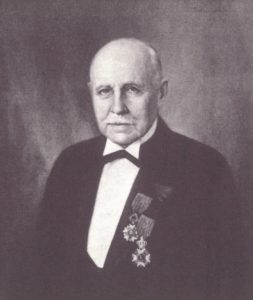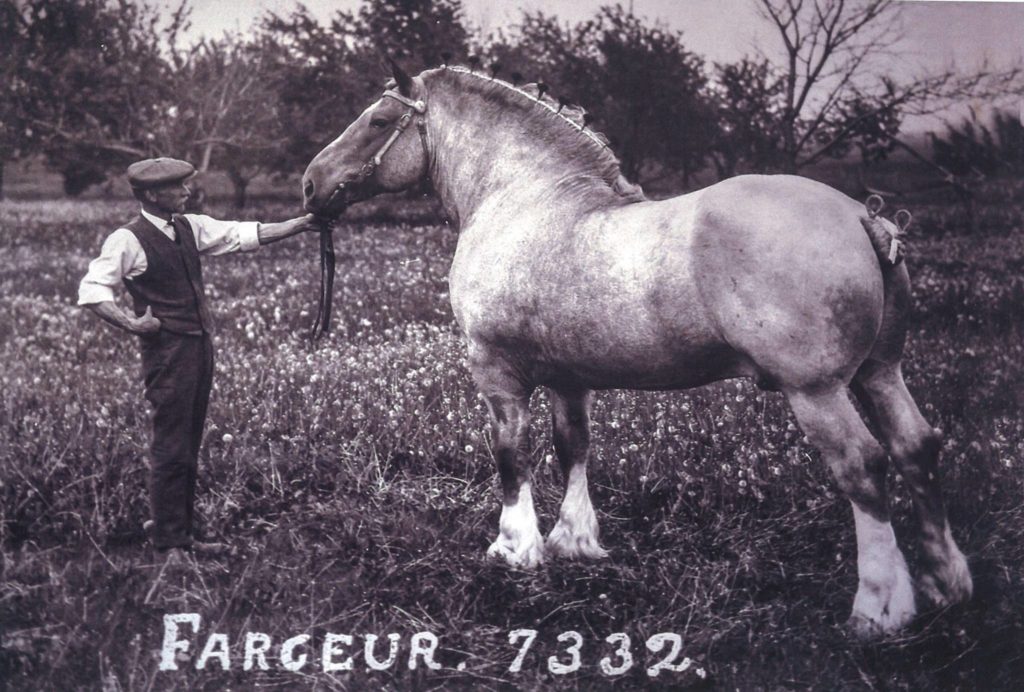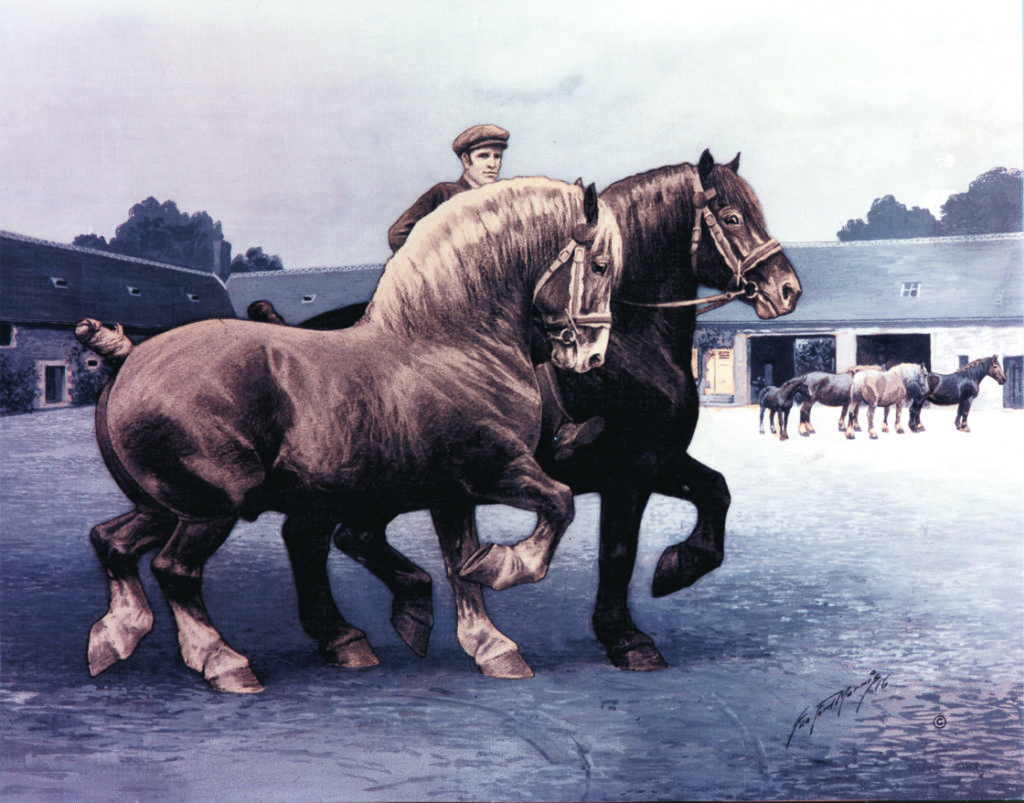
History of the Belgian Draft Horse Corporation of America
The Belgian Draft Horse Corporation of America had its start and beginning with the partnership of the Wabash Importing Company in Wabash, Indiana, where it is still maintained today.
The three partners Harmon Wolf, Abraham Straus and Nathan Meyer and their lawyer, James D. Conner, Jr., who was to become the secretary for over 50 years organized The American Association of Importers and Breeders of Belgian Draft Horses on February 25, 1887. The name was changed to the Belgian Draft Horse Corporation of America January 14, 1937 after reorganization under new Indiana laws.
The organization was formed so that the breed would be kept pure and protected by a registration in America of the imported animals and their descendants.
Mission Statement
The object of the Corporation is to keep and maintain a register of the importations, descriptions and genealogies or pedigrees of such imported stock and their descendants in order to maintain a pure breed; to issue certificates of registry and transfer of purebred Belgian Draft Horses and for the advancement of the interests of the Belgian Draft Horses in America and to do any and all things that may be necessary to properly conduct the business of the Corporation.
History of the Breed
The Belgian Draft breed, as the name implies, originated in Europe in the country of Belgium. History shows that Belgians are the most direct lineal descendants of the “Great Horse” of medieval times that was likely bred to carry knights into battle. The large, well-muscled horses were developed for farm work and hauling, ultimately creating the “breed” as we know it.
Stallions from Belgium were exported to many other parts of Europe as the need to produce larger animals of draft type for industrial and farm use was recognized. A system of district shows culminating in the great National Show in Brussels, which served as an international showcase for the breed, was established. Inspection committees for stallions standing for public service were established.
The result was a rapid improvement to a fixed breed type as the draft horses of Belgium become regarded as a national heritage and, quite figuratively, a treasure. In 1891, for example, Belgium exported stallions for use in the government stables of Russia, Italy, Germany, France, and the old Austria-Hungary Empire.
In 1903 the government of Belgium sent an exhibit of horses to the St. Louis World’s Fair and the International Livestock Exposition in Chicago. While this effort was attended by plenty of controversy over which type of horse best suited Americans, it also generated a great deal of interest in the breed. Some were convinced that the Belgian possessed the characteristics required and demanded by the American farmer in a draft horse.
From that point forward the breed’s acceptance grew steadily, as did importations. The onset of World War I in 1914, however, brought all importations to a halt. Suddenly, American Belgian breeders were on their own. Fortunately, they had plenty of the “right kind” with which to develop their own style of Belgian horse.

